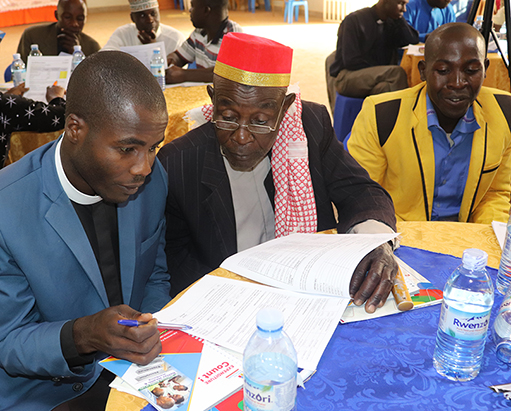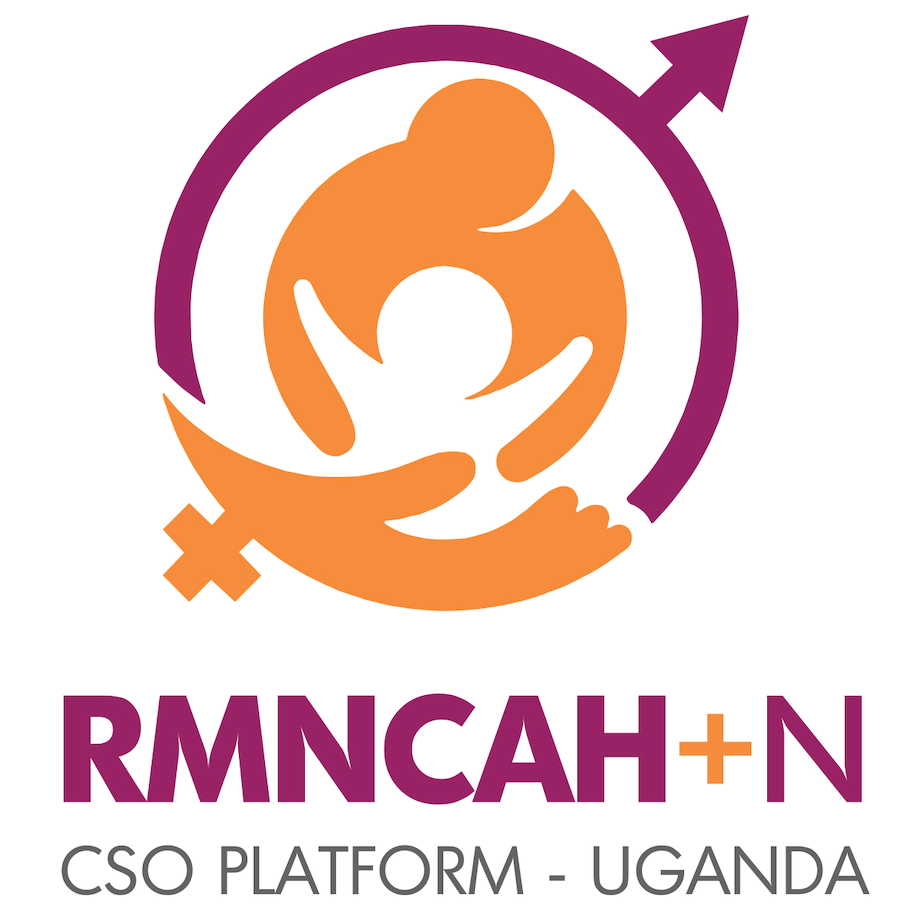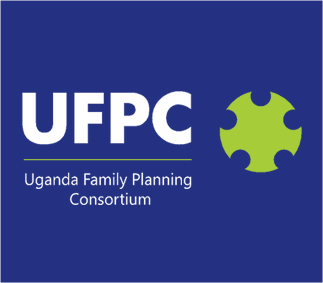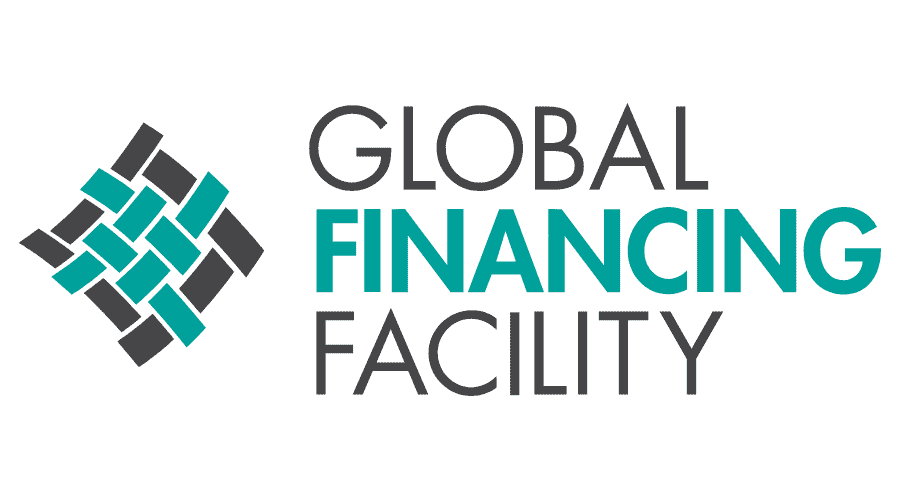Participatory Budget Analysis on Government Family Planning Investment in Uganda - A Case of Mityana and Kyenjojo Districts.

Energistically embrace economically sound mindshare with compelling value. Phosfluorescently transition seamless interfaces after client-focused e-commerce. Conveniently coordinate leveraged opportunities through cooperative processes. Appropriately orchestrate revolutionary systems via superior customer service. Completely holistic.
As of 2014, Uganda’s population stood at 34.6 million people. The country’s population was growing at an average rate of 3% and the number of people per household was 4.7 on average. The Government of Uganda (GoU) recognizes the important role of FP in the social-economic transformation of the country by integrating it in its strategic planning documents. The government has emphasizes the need to promote the wellbeing of individuals, families and communities and to accelerate the country’s demographic transition by contributing to reduction of mortality and fertility rates. The government further recognizes the benefits of FP in its key plans - Vision 2040 and the National Development Plan II (NDP). In both documents, the GoU recognizes FP as an important factor in poverty reduction and improved quality of life for its citizens. The GoU has been implementing the FP-CIP for the last five years in order to meet its commitment of reducing FP unmet need to 10% and increasing the country’s mCPR rate to 50%. To address the unmet need for FP, the district governments of Mityana and Kyenjonjo in Uganda developed the District Costed Implementation Plan for Family Planning (DCIPs) and committed financial resources to support their implementation. In three years, the two districts allocated USD 94,231 to FP. Download Study Report Here























